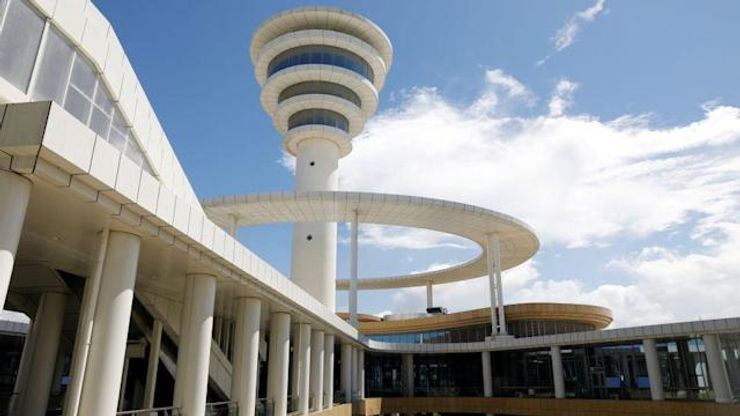By: Vincent Wang
In 2014, Kenya got a $3.2 billion loan from China to fund the construction of the Standard Gauge Railway (SGR) which would connect its capital Nairobi to the port city of Mombasa. Critics deemed the project highly costly and worried about paying back the debt in the future.
One major concern by individuals and critics is how Kenya will pay off the loans which have risen to $4.7 billion as Kenya borrowed more money from China to expand the line in 2015 to Naivasha, a town northwest of Nairobi, in the Rift Valley.
Originally the SGR’s main objective was to provide a reliable, and efficient railway network that worked to reduce the cost of transportation and logistics between 15% to 20%. At the time, the government had expected a profit of about $47 million for the following year.
However, in a report published by the ministry, records show that the railway had a loss of $200 million over three years. The report says that during this period, the railway generated around $231 million, but lost $430 million due to operational costs.
Now, 68% of Kenya’s GDP is made up of debt, something it has been struggling to pay off. To try to repay the loans, the government introduced a raft of taxes and harsh measures that have only succeeded in angering the public. Not only do they have to deal with high tax rates and stern rules, but they also have to cope with rising food and gas prices due to the situation in Ukraine.
While China will still be the largest financier of African infrastructure, the co-founder of the China Global South Project, Eric Olander, claims that it is highly unlikely that risky mega projects like the SGR will receive funding in the future due to the low probability of the loans being repaid.
Should China not get repaid, they might go to extreme measures to make sure that they get some value back, in the form of either seizing the strategic port, or weaponizing the public for a revolution, leading to the new government of Kenya being willing to repay the debt.











